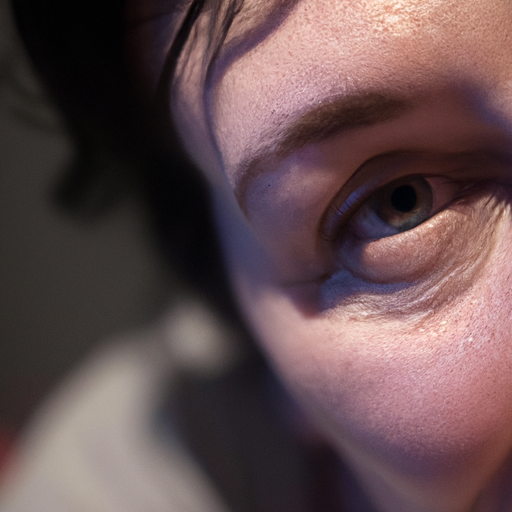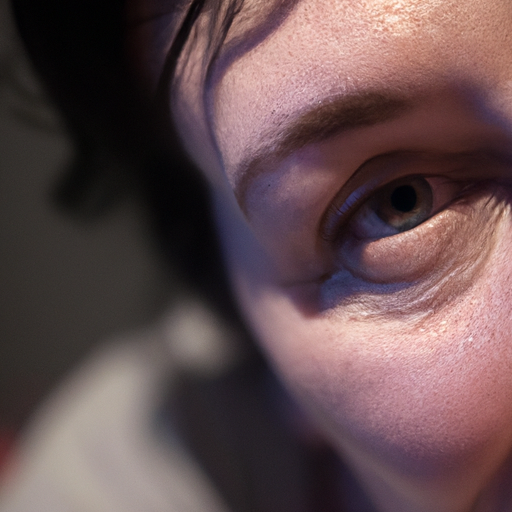As a dermatologist, I am often consulted by patients who are struggling with the discomfort and aesthetic concerns of dry skin. Dry skin, or xerosis, is a common condition that can affect people of all ages and skin types. It can be caused by a variety of factors, ranging from environmental conditions to underlying health issues. In this article, I will unveil the secrets to diagnosing and treating this common yet often misunderstood skin condition.
Diagnosing dry skin is usually straightforward. The skin appears rough, flaky, or scaly, and may feel tight or itchy. In severe cases, it can even crack and bleed. However, it’s important to remember that dry skin can also be a symptom of other skin conditions such as eczema or psoriasis, or systemic diseases like hypothyroidism or diabetes. Therefore, a comprehensive medical history and physical examination are essential to rule out these possibilities.
In addition to visual inspection and palpation, dermatologists may also use diagnostic tests such as biopsies or skin hydration measurements to confirm the diagnosis. A biopsy involves taking a small sample of skin for microscopic examination, which can help identify any underlying conditions that may be causing the dryness. Skin hydration measurements, on the other hand, use special devices to measure the amount of water in the top layer of the skin.
Once the diagnosis of dry skin is confirmed, the next step is treatment. The goal of treatment is not only to relieve symptoms but also to address the underlying cause of the dryness. This is where understanding the cause of your dry skin becomes crucial.
If your dry skin is due to environmental factors such as harsh weather or excessive use of soaps and detergents, simple lifestyle changes can make a significant difference. For instance, using a humidifier in your home during dry winter months can help maintain your skin’s moisture levels. Similarly, switching to mild, fragrance-free soaps and moisturizers can prevent further skin irritation.
In cases where dry skin is caused by an underlying health condition, treating that condition is paramount. For instance, if your dry skin is a symptom of hypothyroidism, you may need to take thyroid hormone replacement therapy. Similarly, if your dry skin is due to a nutritional deficiency, dietary changes or supplements may be recommended.
Regardless of the cause, a good skincare routine is essential for managing dry skin. This includes regular use of moisturizers, especially after bathing when your skin is still damp. Look for products that contain ingredients like hyaluronic acid, ceramides, and glycerin, which are known for their hydrating properties. Avoid hot showers and baths, as they can strip your skin of its natural oils.
In conclusion, dry skin is a common condition that can cause significant discomfort and distress. However, with a thorough diagnosis and a comprehensive treatment plan, it can be effectively managed. If you’re struggling with dry skin, don’t hesitate to consult a dermatologist. We’re here to help you understand your skin better and guide you towards healthier, more comfortable skin.
Remember, everyone’s skin is unique. What works for one person may not work for another. Therefore, it’s important to work closely with your dermatologist to find a treatment plan that suits your specific needs and lifestyle.




